Greek and Roman Columns
Many of Saskatoon's first buildings have columns as an architectural feature. The Greek architectural styles have been revived in architecture off and on since antiquity, becoming popular in the Renaissance, and then again in the 18th and 19th centuries, lingering a bit into the 20th century. This style recalled the beauty of ancient architecture, and it was also a symbol of power, agelessness, and in some ways the roots of democracy as well.
Columns are probably the most recognizable aspect of ancient Greek and Roman architecture. Although their primary function is as structural support for buildings, the design of columns in ancient Greece and Rome changed several times through antiquity.
There a five different orders or styles of columns. The first three orders, Doric, Ionic, and Corinthian, are the three principal architectural orders of ancient architecture. They were developed in ancient Greece but also used extensively in Rome. The final two, Tuscan and Composite, were developed in ancient Rome.
Columns in ancient Greece and Rome were nearly always made of marble that was imported from various places around the Mediterranean Sea. It was formed when limestone, which began life as sediments of fossils, shells, and coral in ancient seas, was deeply buried and changed by heat and pressure.
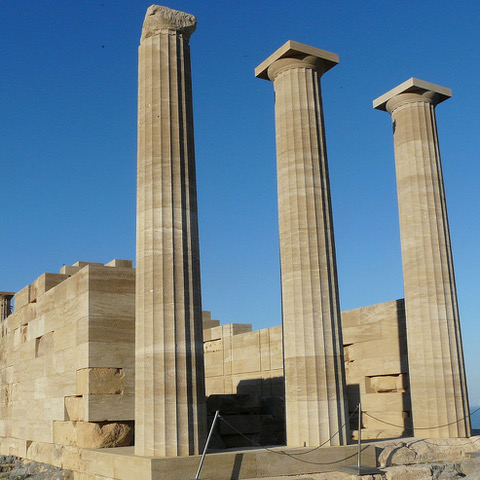
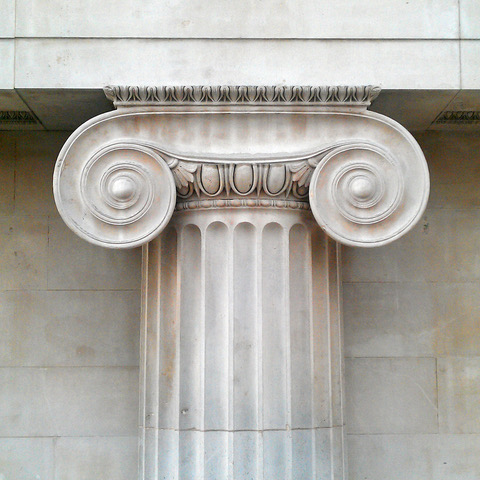
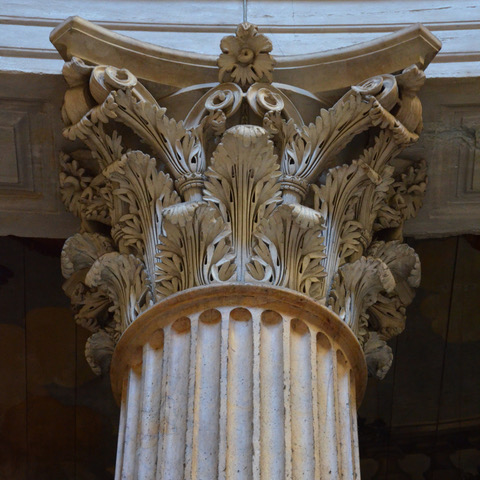
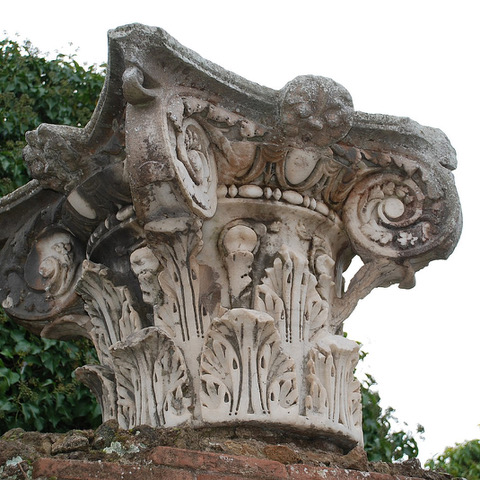
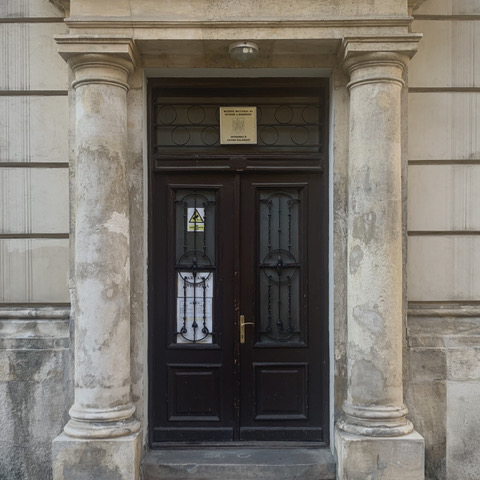
As you walk around visiting the buildings, see if you can spot all these columns that were inspired by these different Greek and Roman styles!
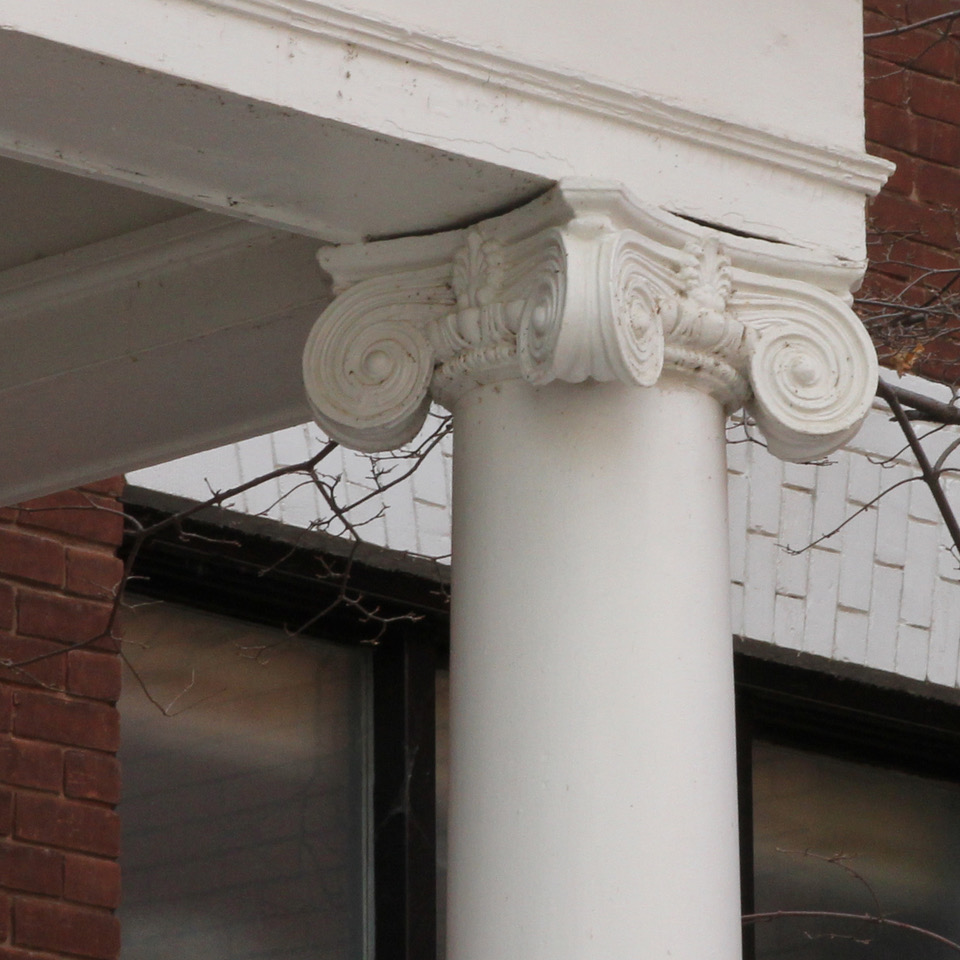




Learn more about columns, then test your knowlege with a quiz! Stuck? Here are the answers.
When they are open again, the Museum of Antiquities at the University of Saskatchewan is a great place to visit to learn more about art and antiquity, and explore their collection of Greek, Roman, Egyptian, and Near Eastern sculptures.